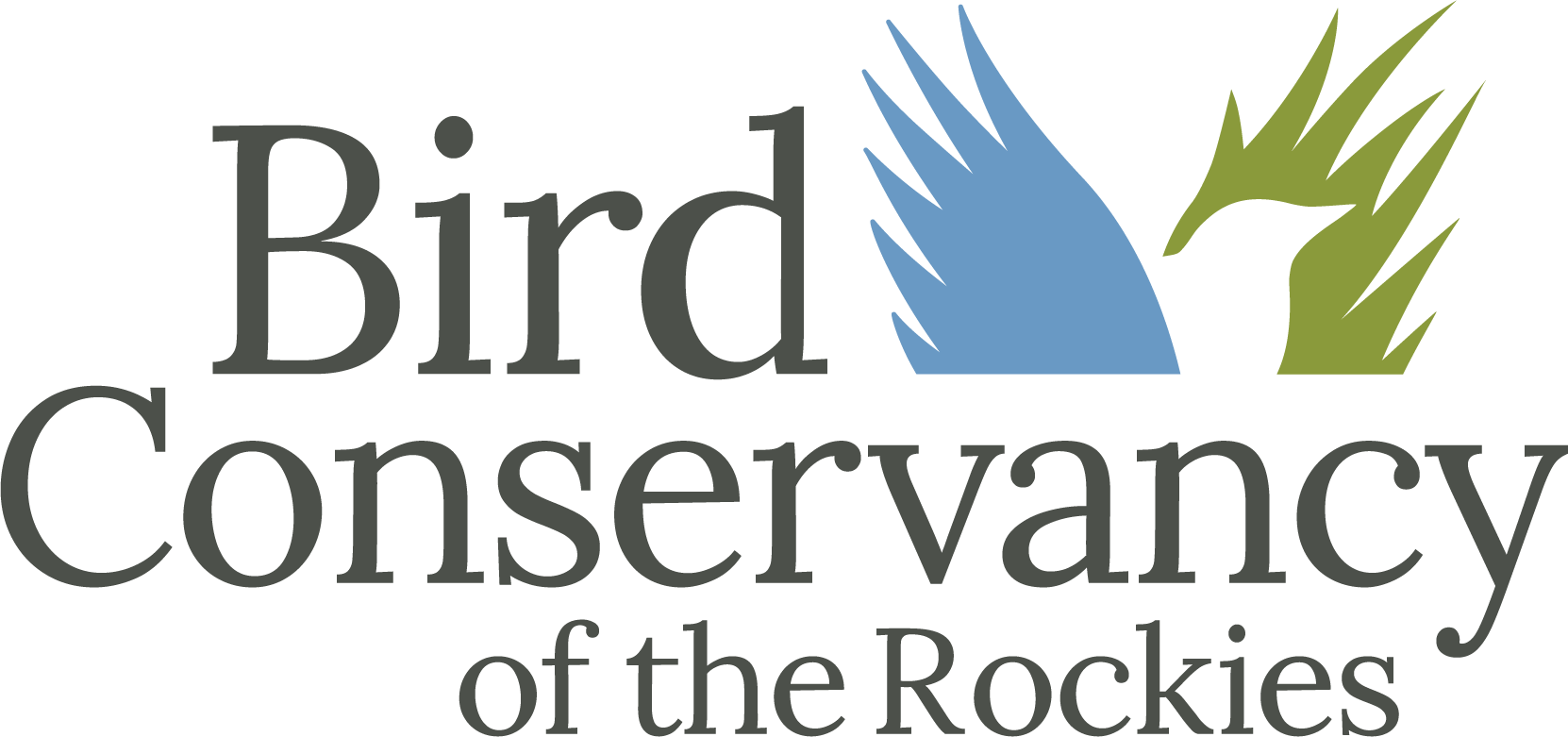We were almost down to our camp when I noticed two beautifully round orbs staring at us from behind a bush. We both froze in our places while we racked our brains on what to do. It did not take long to draw from what we had learned in our training,
By my students’ calculations, we had spent over 50 hours trying to capture this particular Flammulated Owl, dating back two summers. Make no mistake—there have been many challenging owls to capture over the course of this 40-year demographic study, but this owl had drawn extra attention from the nine students working with me that summer, with its Houdini-esque tactics for evading capture at a nest cavity high in a quaking aspen.
Update from the field! Seasonal Bird Conservancy banders are working in the Chihuahuan Desert this winter to tag non-breeding grassland birds for our Motus project. Read the blog to learn more about what they are doing and how it will aid in our efforts to help grasslands and the birds that call it their home.
Bird Conservancy has been monitoring Mexican Spotted Owls since 2014. Learn why we are working on the project and the threats this elusive owl endures.
The Bird Migration Explorer reveals migration data consolidated for 458 bird species found in the United States and Canada. It allows users to see the most complete data collected on migratory species in their neighborhoods and where those birds go throughout the year. Read on to find out how Bird Conservancy was involved in the creation of this platform.
Did you enjoy our last post about IMBCR? In this post, we explore a brief overview of IMBCR’s unique study design, explore two of IMBCR’s core data products, and find out how you can use this freely-available data.
Every year, biologists and technicians traverse on foot across mountains, prairies, and deserts to survey breeding birds under the Integrated Monitoring in Bird Conservation Regions (IMBCR) program. The second largest breeding bird monitoring program in North America, IMBCR’s footprint stretches across private and public land from the Great Plains to the Great Basin. Check out this StoryMap for a closer look at this impressive program!
Bird Conservancy of the Rockies implements wintering grassland bird monitoring throughout the Chihuahuan Desert of northern Mexico and the southern United States. The data we collecst inform Full Annual-Cycle conservation strategies of grassland bird species in decline. We train field crews in English and Spanish in order to implement consistent and high quality data collection across the international border. We highly value the expertise of our conservation partners in Mexico.and our have embraced the bilingual and multicultural component of our programs in the region.
In winter, many of North America’s grassland birds inhabit remote and unpopulated areas within the Chihuahuan Desert of the southwestern United States and northern Mexico. For this reason, much of the nonbreeding period of grassland birds remains a mystery to bird researchers and conservationists. Unfortunately, many grassland species are steeply declining and the lack of knowledge on these species and their habitats during the nonbreeding season can pose significant challenges for conservation. Until we identify and understand the struggles and needs of nonbreeding grassland birds, population declines are likely to continue. Conservation strategies backed by science are key to ensuring that grasslands persist so that the birds that inhabit them can survive the winter and return safely to the breeding grounds to sing or sit on a nest again.
Decisions we make every day can help birds. Over half of the people who live in the U.S. drink coffee, but few understand the environmental impacts of growing it. Many of our favorite migratory bird species— including warblers, tanagers, ovenbirds and thrushes—spend their winters in coffee-growing landscapes in the tropics. Understanding sustainable coffee growing practices helps us become better consumers and make choices that benefit birds, the habitats they rely on, and coffee producers!


